There was once a local artist that I admired who took a look at the type of jewelry that I was creating at the time and told me that I was a true assemblage artist. My earliest work centered on using upcycled treasures, skeleton keys and the like, in very unusual ways. Not having any concept about what that meant, I thought she was telling me that I was an assembly-line artist and was a bit put off. Then I learned more about what that term actually meant, and it did feel right.
Assemblage is an artistic form or medium usually created on a defined substrate that consists of three-dimensional elements projecting out of or from the substrate. It is similar to collage, a two-dimensional medium. It is part of the visual arts, and it typically uses found objects, but is not limited to these materials.
https://en.wikipedia.org/wiki/Assemblage_(art)
Joseph Cornell (1903-1972), an extremely shy and reclusive New York City artist, was one of the pioneers of the assemblage art form and one of its most celebrated talents. He was a largely self-taught artist and avant-garde filmmaker who was gifted with an eye for detail, creating with an improvisational method in an orderly exhibition style. His works exude a child-like fascination, enshrining collected artifacts as precious treasures in unexpected juxtapositions. He incorporated overlooked and discarded relics, like dime-store souvenirs, marbles, toys, seashells, compasses, old photographs, magazine clippings, stamps and other cast-offs into Surrealist collage-style shadow box constructions brimming with allegory and wonder. Cornell did all of this deep in the basement of his family home in Queens on Utopia Parkway (a fitting name for his origins), usually late at night, after caring for his ailing mother and brother. Joseph Cornell elevated the mundane to the sublime and said that his works were based on “the beauty of the commonplace” in everyday experiences, inviting the viewer into a carefully categorized magical world that allowed him to escape the circumstances of his life.
So, yes. I will wear the mantel of assemblage artist willingly, following in the footsteps of this Master!
“Look at everything as though you are seeing it for the first time, with the eyes of a child, fresh with wonder.”
Joseph Cornell
We have selected four of Cornell’s representative shadow boxes. We chose them for the variety of their motifs and imagery.
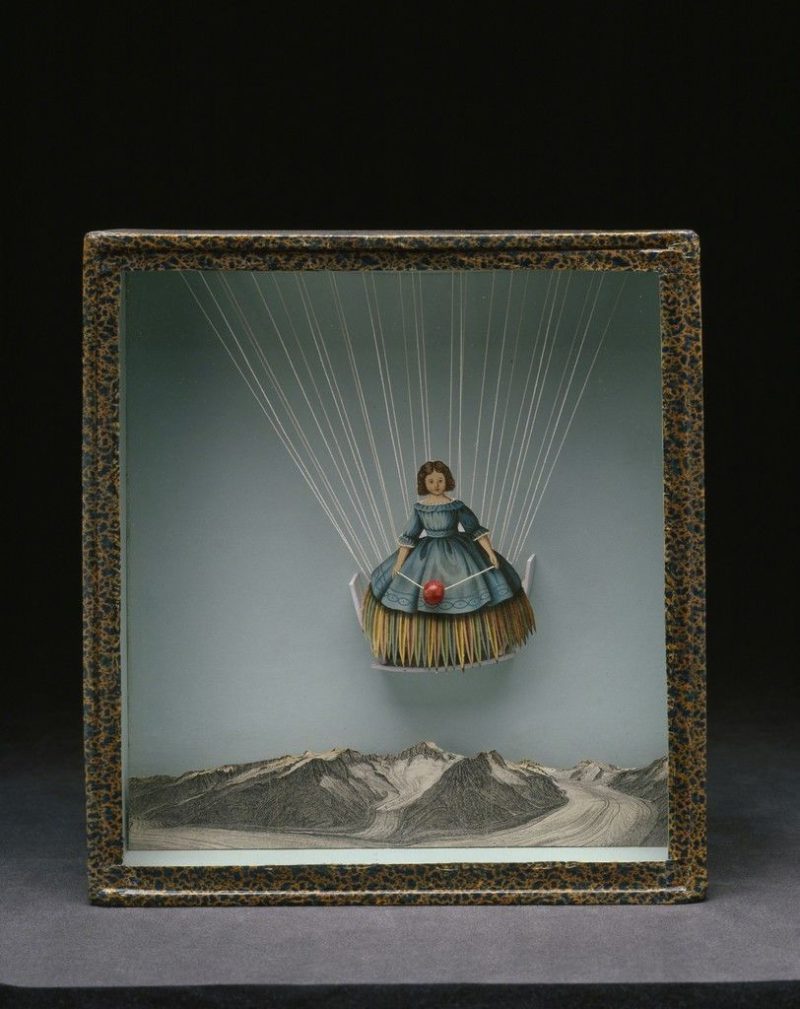
One of his most famous works, Tilly Losch is named for a Viennese dancer and actress whom Cornell was enamored with who starred in many Hollywood films of the 1930s and 1940s. He had an enduring love for cinema and theater, and this has the feel of a backdrop from a stage show. the strings holding the doll-like character are evocative of a hot air balloon, signifying flying as an escape and also a nod to the fact that dancers were often rigged with cables to enable them to float above the stage in weightlessness. Notice the colors of the somewhat 3D landscape, the details on her dress and the pop of the red bead which adds a sense of playfulness.

Included in the box are a variety of objects: a reproduction of a painting by Bronzino of Princess Bia de’Medici who died by the age of six, wearing a medallion bearing a picture of her powerful father and a strand of pearls, lined by maps and assorted images of her, feathers, wooden blocks with numbers and a blue star (his favorite color), an orange-red ball, birds, marbles, jacks, a bunch of letters tied together along with a floorplan on the bottom of the box depicting a Florentine palace where she would have played as a child. This is a fascinatingly rich look at the ephemerality of life.
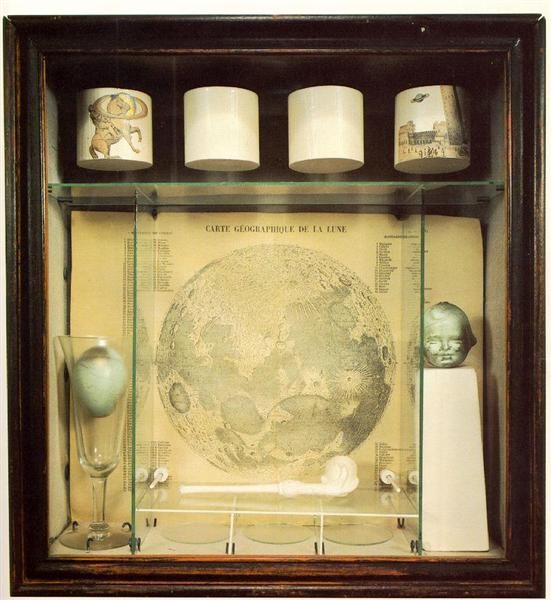
This is of his most famous and earliest works, as well as one of a series of multiple shadowboxes made with same name and some recurring items, like the soap bubble pipe. The separation of the glass panes compartmentalizes each memory and symbol as having individual worth and merit, while the geography map of the moon, looking like a a precarious bubble balancing on the dainty plastic pipe reminds us of the vastness of the Universe and the commonality of our place in it. It is said that this piece is autobiographical. The egg represents his mother, the doll head is a father figure and the four blocks are Cornell and his three siblings.
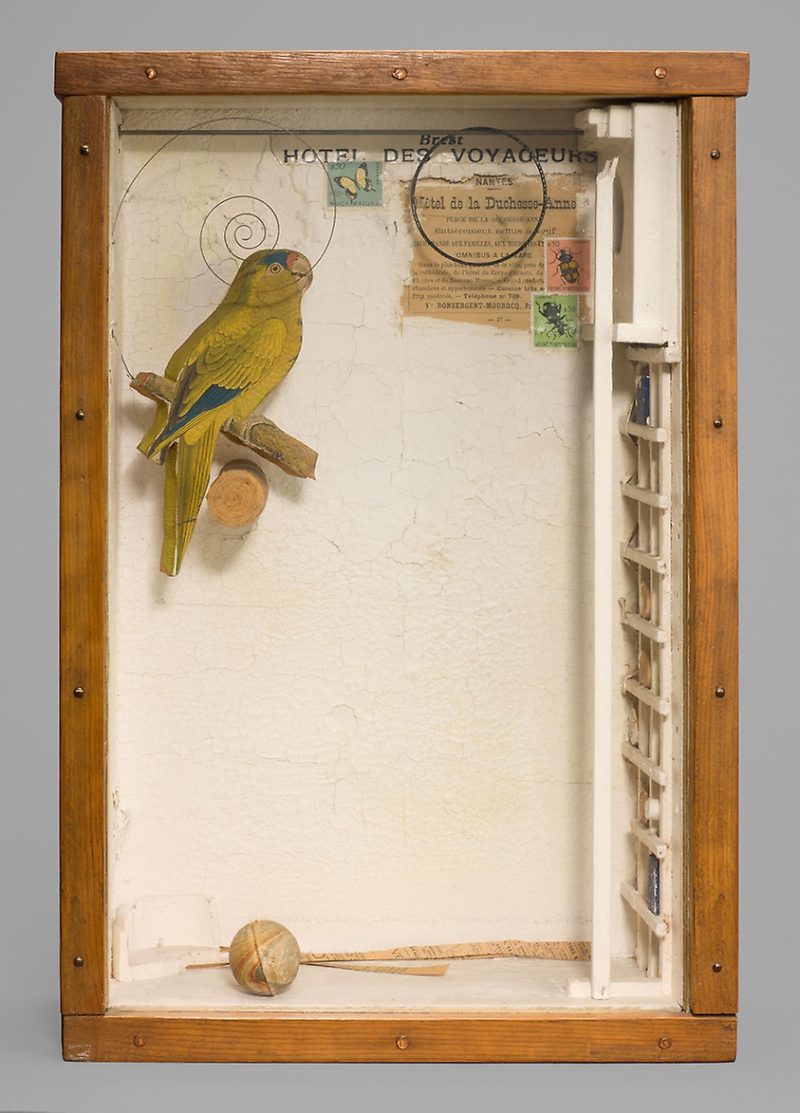
Themes of travel to faraway places were common in Cornell’s work, a means to escape the debilitating nature of his extreme bashfulness and circumstances of being a caregiver to his mother and brother. This is named for a once-storied French establishment, Hotel de la Duchesse-Anne in Nantes as well as showing another, Hotel des Voyageurs in Brest, both promising the romanticism of travel to intriguing locales. The white panels of this box have a light and airy feeling but also a sense of the vastness of great distances. Birds were a recurring motif in his boxes, where he created imaginary habitats for them. This parrot lives in a constructed cage, with a ball for play, newspapers for lining the bottom, while from his perch he eyes the brightly colored butterflies and beetles, that could become his lunch. These insects are printed on stamps which would adorn postcards written back home of the wonders of the trip. In the lattice on the right (a bit hard to see at this angle) are wooden blocks with constellations on blue backgrounds hinting at celestial navigation and bingo chips common to deck games aboard ships traveling abroad. The spiral wire from a pocket watch draws your eye to the parrot, and is a universal element of a Fibonacci spiral, a perfectly balanced harmony, repeated in the other round shapes, like the ball, the cork and the ring.
If you are stumped or would like to explore any of Cornell’s massive collection of work, check out any of these links for more images of his work. And if choose to use another of his artworks, please feel free! We look forward to seeing what you create!
Artnet
The Museum of Modern Art, New York
Smithsonian American Art Museum
WikiArt
Stay tuned: I will be back on Friday with a Launch Pad post as a kick start for Art Journey #5.
What is the Art Journey Challenge?
Every six weeks we will challenge our readers to create jewelry inspired by the featured artwork or collection of art or theme. You have until the end of the Art Journey period to share your work and then we pick one winner to receive beads and jewelry-making supplies from our sponsors that will work with our NEXT Art Journey to hopefully inspire you to continue joining the challenges. Our only rule? You must use at least one art bead in your piece!
Our prize for Art Journey #5 will be given away from a random draw of all entries on July 28th with our prize package donated by Heather Powers that will be perfect for use with the Art Journey #6! We hope this will encourage you to play along!
How to Enter the Monthly Jewelry Challenge:
Create something using an art bead that fits within our monthly theme. This challenge is open to jewelry-makers, fiber artists, collage artist, etc. The art bead can be created by you or someone else. The challenge is to inspire those who use art beads and to see all the different ways art beads can be incorporated into your handiwork. An art bead must be used in your piece to qualify for the monthly challenge. Upload your photo to our photo gallery. Include a short description, who created the art beads and a link to your blog or shop, if you have one.
Deadline to enter is Saturday, July 27th.
You may upload as many entries as you like per Art Journey, as long as they follow the guidelines. (Please be patient as they are approved by one of our editors to post in the Gallery).
Click here to submit your entry.
Monthly Challenge Winners
• One prize winner will be selected at random from all pictures posted in our new gallery!
• The winner will be randomly chosen from all the qualifying entries on June 28th.
• Be sure to point out all the art bead artists in your work in the description of the photos when you upload to the new gallery. Links to their website or shop are appreciated. That way we can all find new art beads to love!
What is an Art Bead?
An art bead is a bead, charm, button or finding made by an independent artist. Art beads are the vision and handiwork of an individual artist.
***A bead that is handmade is not necessarily an art bead. Hill Tribe Silver, Kazuri ceramic beads or lampwork beads made in factories are examples of handmade beads that are not considered art beads. Beaded beads, stamped metal pendants or wire-wrapped components are not considered art beads for our challenge.***
Bead Artists
Feel free to share beads that you made inspired by our challenge in our gallery. You can enter multiple photos for each challenge. We love to promote new artists and share what you’ve created!

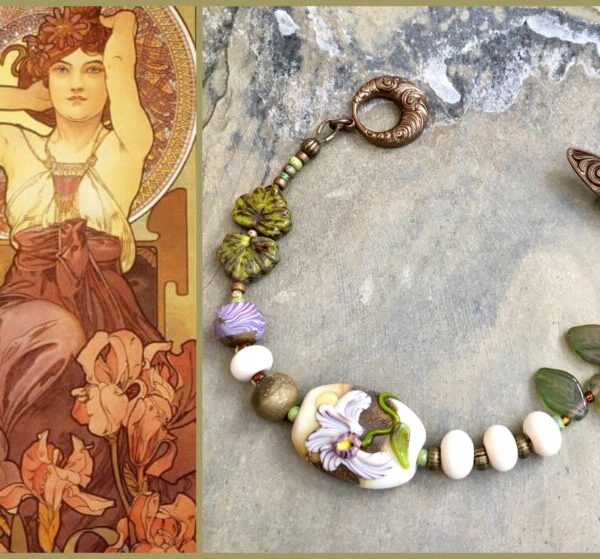
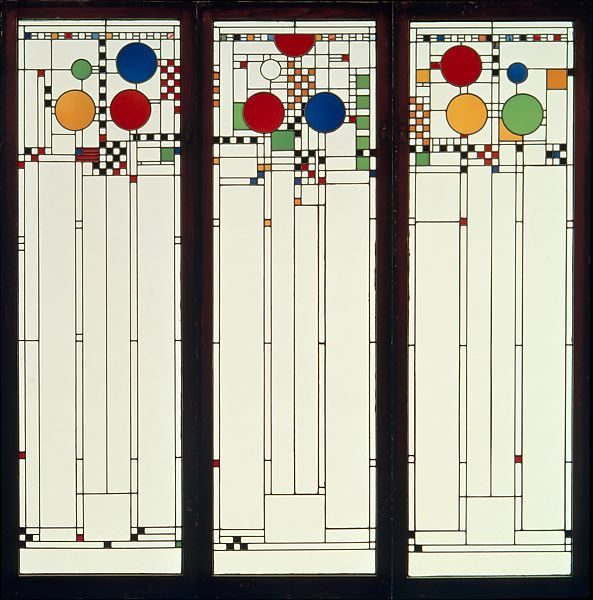
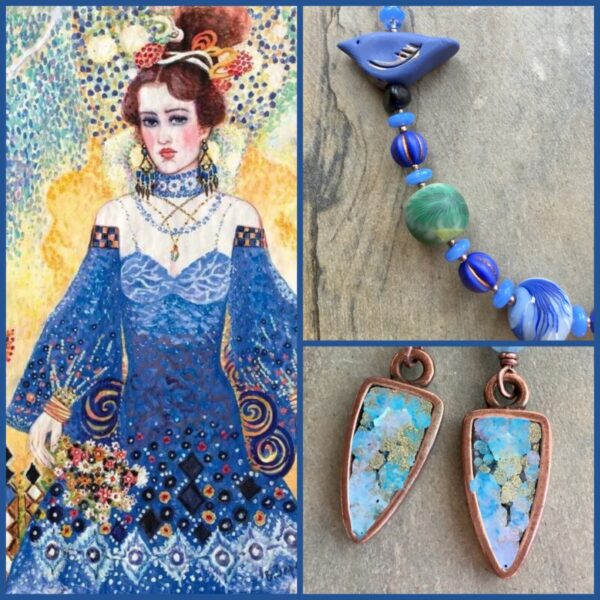
Art Journey #5 – Joseph Cornell | Bead Love
June 29, 2019 at 11:40 am[…] am very excited by the art inspiration for Art Journey #5 with Art Bead Scene and artist Joseph Cornell. Cornell was an assemblage artist, and the works are […]